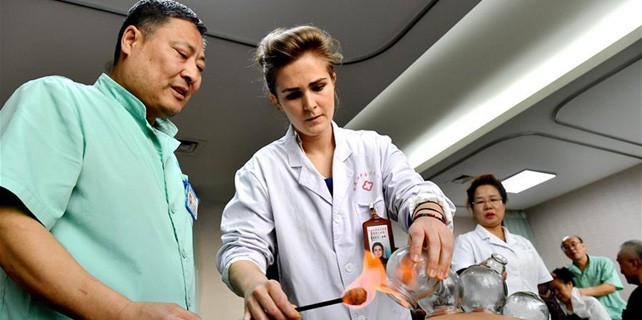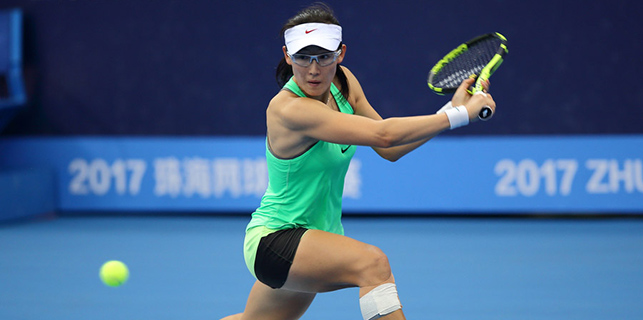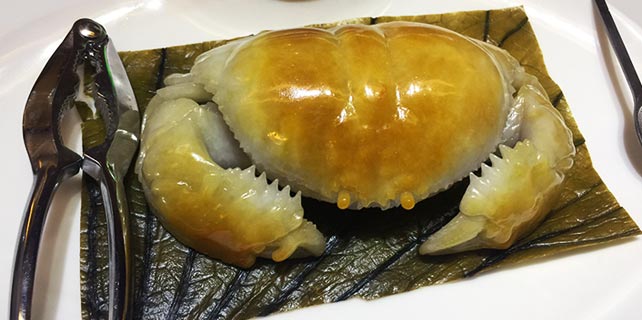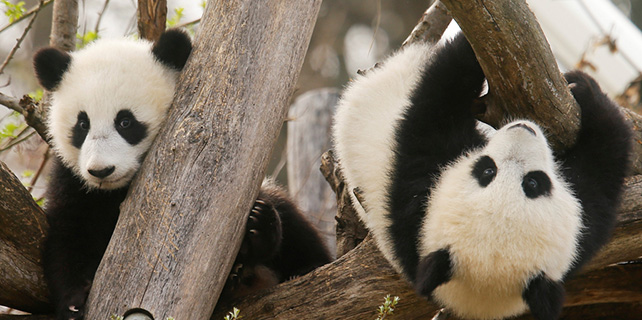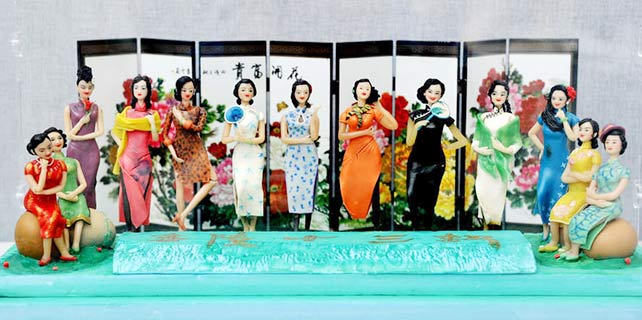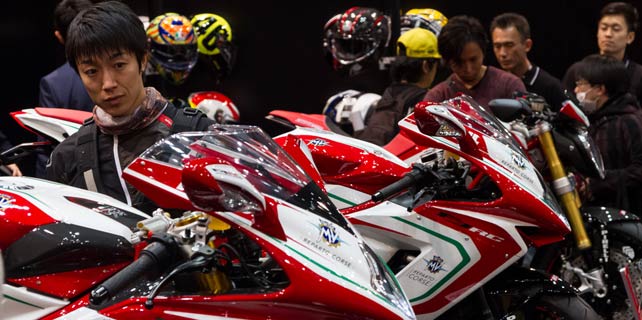Cultural exchanges last from Qin-Han era till now
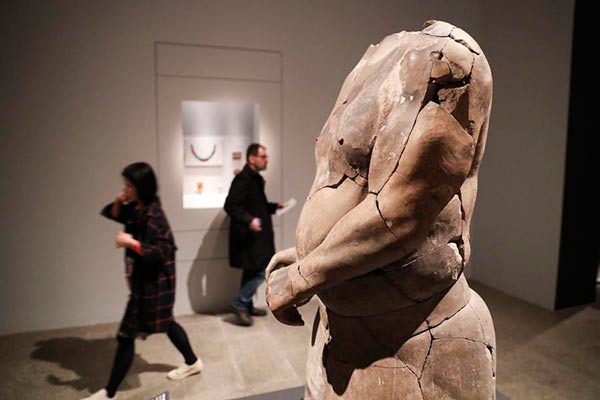 |
|
Visitors walk past by an earthenware named "Strongman" during a media preview of the Exhibition of Civilization of the Qin and Han Dynasties (221 BC-220 AD) in The Metropolitan Museum of Art, New York, the United States. [Photo/Xinhua] |
Imagine a pottery male figure with his upper body naked, revealing his natural and astonishingly accurate anatomy. He wears only a short loincloth, imposing his muscles as a strong man.
Statues like this would probably remind people of Greek or Roman civilization. Yet this figure, dating back to over 2,000 years ago, was unearthed in Northwest China's Shaanxi province, in a pit near the mausoleum of Qin Shi Huang, or the First Emperor of Qin (259 BC-210 BC).
Now, people in New York have a chance to observe the difference between this "Strongman", as it is called, and famous European sculptures, as Metropolitan Museum of Art (Met) opens to public this year's blockbuster show, Exhibition of Civilization of the Qin (221 BC-207 BC) and Han (202 BC-220 AD) Dynasties, from April 3 to July 16 this year.` Featuring more than 160 objects of ancient Chinese art, this international loan exhibition tells the role of art in creating a new and lasting Chinese cultural identity at the beginning of China's feudal society, stretching back to 221 BC.
"It probably owes some of its inspiration to the Greco-Roman tradition that would have been introduced into Asia by Alexander the Great in the 4th century BC," Mike Hearn, the Met's Douglas Dillon curator in charge of the Department of Asian Art, commented on the statue.
That was cultural communication way back in the past. And it is also due to cultural communication, this time between China and the US in the present day, a dazzling array of some extremely rare ceramics, metalwork, textiles, sculpture, painting, calligraphy, and architectural models are drawn from 32 museums and archaeological institutions in China to go on display here.
Alongside the seminude Strongman, visitors can get a direct sense of China's old days. The exhibition not only lets you immerse in a terra-cotta army replica and gives you examples of how rulers of that time tried to bring standard measurement to the whole nation, but also tells the longstanding Chinese philosophy of caring for the old, and aristocracy's persistent pursuit of a happy afterlife.




